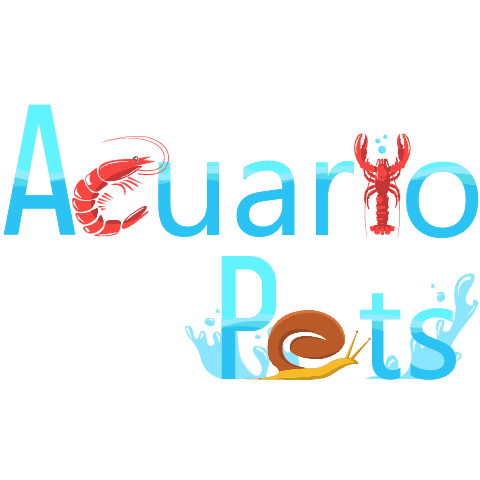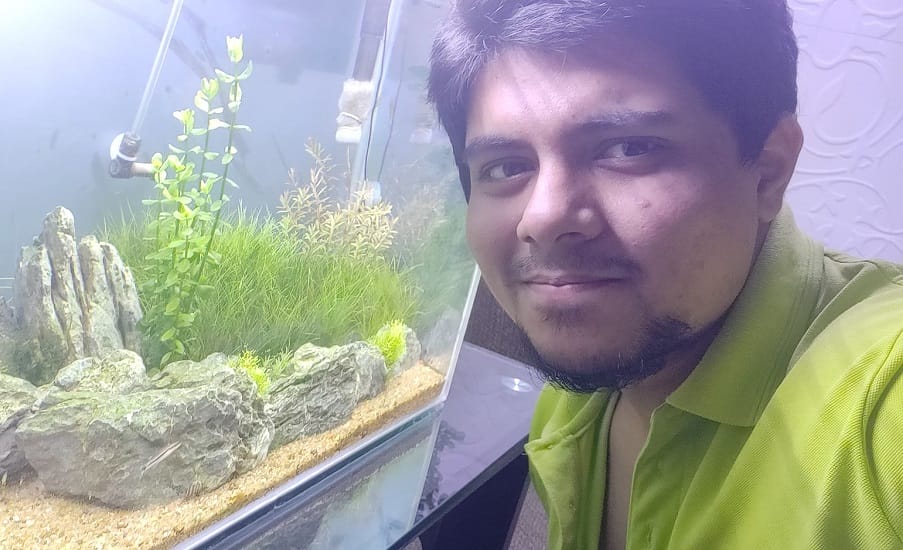This post was created with help from AI tools and carefully reviewed by a human (Muntaseer Rahman) . For more on how we use AI on this site, check out our Editorial Policy.
Check Out These FREE Tools We Made JUST For You!
Betta Fish Lighting Guide for Bright Colors and Happy Fish
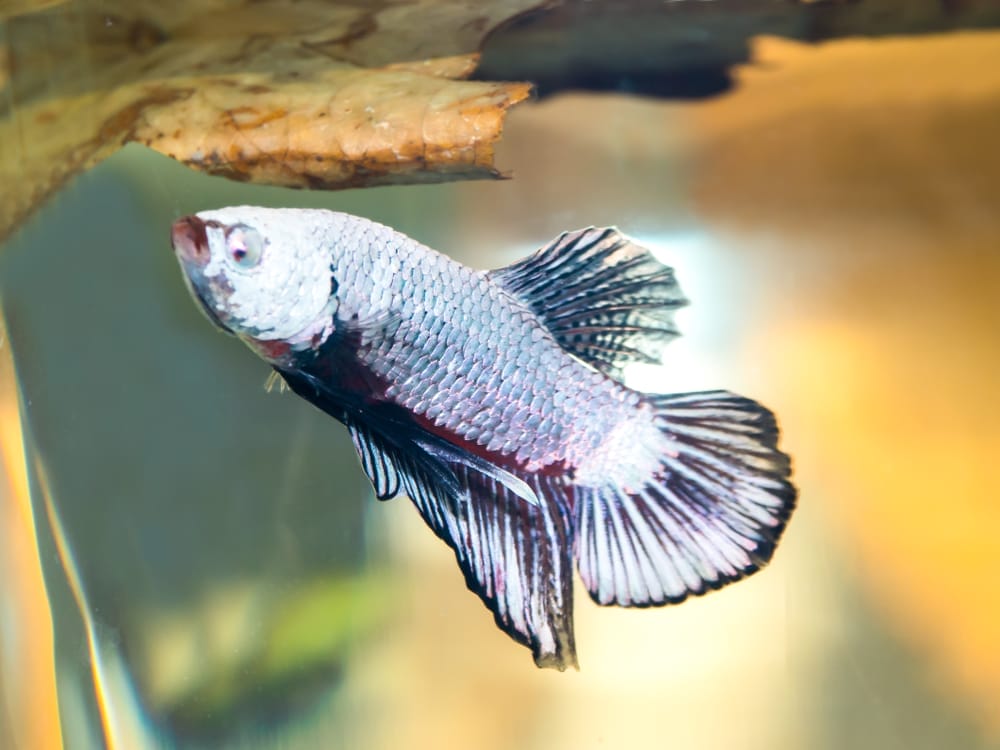
Lighting isn’t just about making your betta tank look Instagram-worthy.
The right light helps your betta show off those crazy bright colors, keeps your plants alive, and stops algae from turning the tank into a swamp.
But bettas don’t like being blasted with a spotlight all day. They need a setup that mimics nature—daytime when they’re active, and darkness when they rest.
Get it wrong, and you’ll have a stressed fish hiding in the shadows or plants that refuse to grow.
Get it right, and your betta becomes the star of the tank.
How Long Should Betta Tanks Be Lit?
Bettas don’t need an all-day spotlight. Around 6 to 8 hours of light a day is perfect. It’s enough for them to stay active, show off their colors, and keep plants alive without pushing algae into overdrive.
If you’re just starting, set your light timer to 8 hours and watch what happens. See algae building up on the glass or decorations?
Cut it back to 7 or even 6 hours. If your plants look weak, try pushing a bit closer to 8.
Going beyond 10 hours a day is asking for trouble. Algae blooms fast, and your betta will spend more time hiding than swimming.
Think of it like this: bettas need daytime, but they also need to “go to bed.” Too much light throws their rhythm off and makes them stressed.
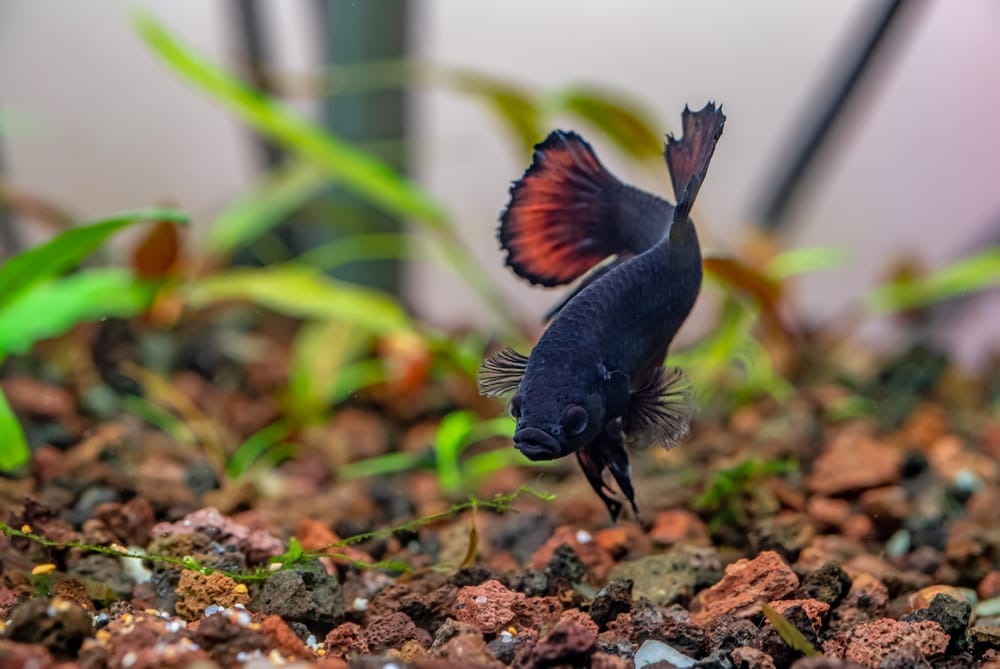
Light Intensity: Bright vs. Dim
Bettas come from slow, shaded waters. They’re not built for blinding stadium lights over their heads. A softer, dimmer light is always better.
If your light has a dimmer or adjustable setting, aim for around 30–40% brightness. That’s enough to let you enjoy your fish and keep plants growing without turning the tank into a spotlight.
Too much brightness stresses bettas. You’ll notice them hiding under leaves, driftwood, or even pressing themselves into dark corners just to escape the glare. On top of that, bright light fuels algae, so you’ll end up scrubbing more than watching your betta.
A calm, gentle glow is what you’re going for—bright enough to see your fish’s colors pop, but not so harsh that your betta looks like it’s in an interrogation room.
Day/Night Cycles Are Non-Negotiable
Your betta isn’t a night-shift worker. Just like us, they need daytime for activity and darkness for rest. A proper day/night cycle keeps their stress low and their health in check.
Leaving the light on 24/7 is one of the worst mistakes you can make. Your betta never gets to “sleep,” which weakens its immune system and shortens its lifespan. You’ll also notice more hiding, duller colors, and random stress behaviors if the tank never goes dark.
The fix is simple: lights on during the day, completely off at night. If you like to watch your tank in the evening, shift the light schedule to fit your lifestyle.
For example, set it from 2 PM to 10 PM instead of 9 AM to 5 PM. That way, your betta still gets its 8 hours of daylight, and you still enjoy the view when you’re home.

Best Types of Lighting for Betta Tanks
When it comes to lights, LEDs win hands down. They’re energy-efficient, last forever, and most importantly, they give you control.
Many modern LED fixtures let you adjust brightness and sometimes even color, which is perfect for a betta setup.
Fluorescent lights are the old-school option. They work fine, especially for low-light plants, but they’re bulkier and less flexible than LEDs.
If you’re just starting out and don’t want to spend much, a basic LED strip will do the job better than a clunky fluorescent tube.
What about night lights? Skip them. Bettas need darkness to rest. Some people keep a dim blue “moonlight” on, thinking it’s relaxing, but it actually messes with your betta’s natural rhythm.
If you want your fish to stay healthy, give them a clear day and a clear night.
So, the best bet: a simple, adjustable LED light that you can set on a timer. That covers both betta comfort and plant needs without overcomplicating things.
Color Temperature and How It Affects the Tank
Color temperature sounds fancy, but it just means the “shade” of white your light gives off. For betta tanks, you want something between 5500K and 8000K. The sweet spot is around 6500K—often called daylight.
At this level, your plants get the light they need for photosynthesis, and your betta’s colors look sharp and vibrant. Reds look richer, blues glow brighter, and the whole tank has a clean, natural look.
Go too warm (like 3000K–4000K), and the light looks yellowish. It makes your tank feel muddy and dull. Go too cool (9000K+), and you get a harsh blue tone. That can stress your betta and isn’t great for plant growth either.
Stick to daylight LEDs around 6500K, and you’ll hit the balance—healthy plants, vivid fish, and a tank that looks alive instead of washed out.
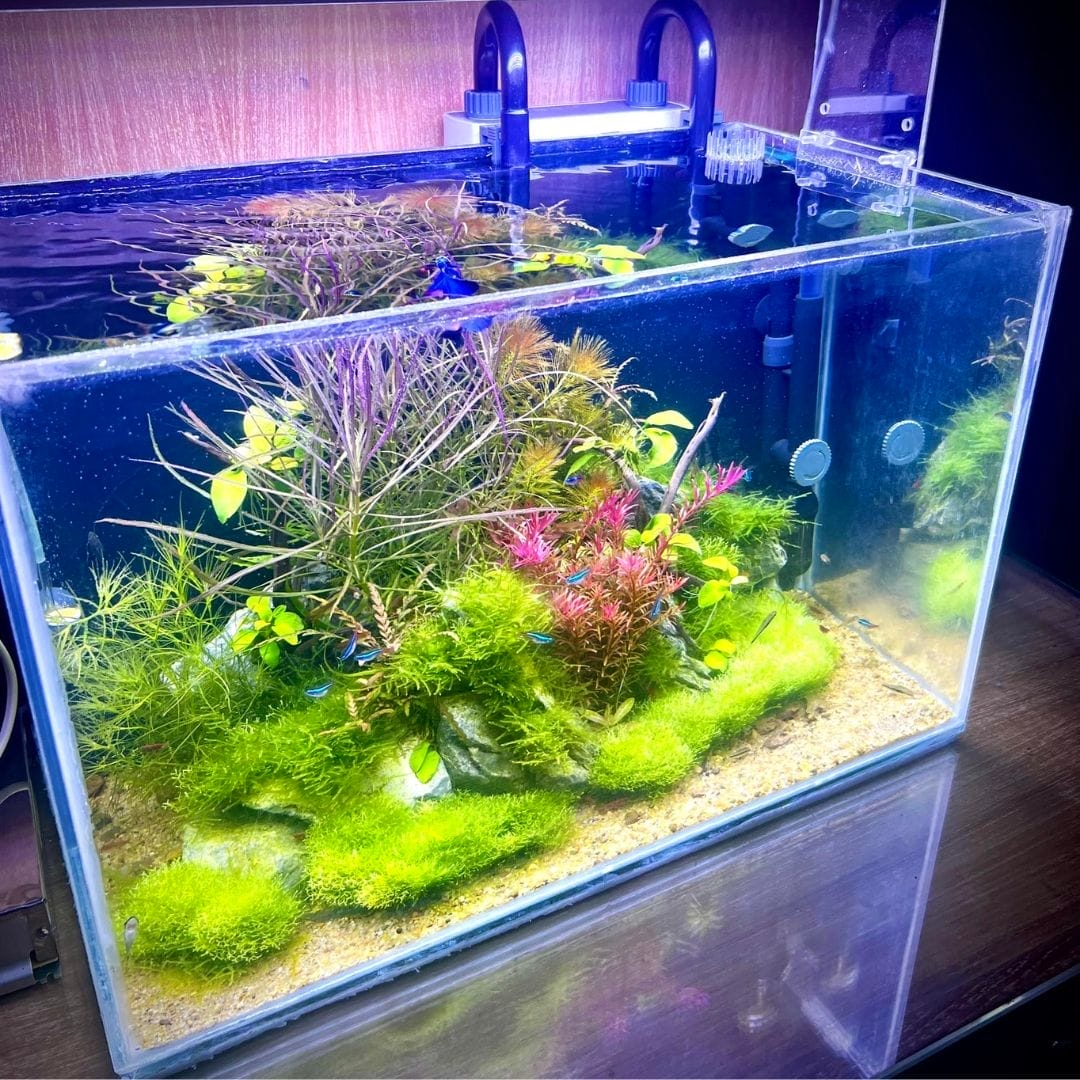
Common Lighting Mistakes to Avoid
A lot of betta keepers get lighting wrong, and the tank pays the price. Here are the big mistakes to watch out for:
Leaving lights on all the time
Bettas need darkness to rest. A tank that never goes dark will stress your fish out and make them weaker over time.
Exceeding 10 hours of light
More light doesn’t mean a better tank. It just means more algae, more cleaning, and more stress for your betta.
Using overly bright spotlights
Bettas aren’t sunbathers. Too much brightness makes them hide constantly and washes out their natural colors.
Relying on memory instead of timers
Forgetting to turn lights on or off messes with your betta’s rhythm. Consistency matters more than you think.
Avoid these, and your tank instantly becomes more stable, healthier, and a lot easier to manage.
Timers: The Lazy Keeper’s Best Friend
If you’ve ever forgotten to switch your betta tank light on or off, you already know how annoying it gets. That’s where a timer saves the day.
Plug your light into a simple outlet timer, set the hours, and forget about it.
Timers keep your betta’s day/night cycle consistent, which means less stress for the fish and healthier plants. No more worrying about being late from work or falling asleep with the light still on.
You don’t need anything fancy—cheap dial timers work fine. If you like extra control, smart plugs let you set schedules from your phone.
Either way, the timer does the work so you can just enjoy the tank.
Bettas + Plants: Special Notes
If you’re running a planted betta tank, lighting matters even more. Plants rely on light for photosynthesis, but too much light makes algae explode.
The trick is balancing plant health with your betta’s comfort.
Low-light plants like java fern, anubias, and cryptocoryne are perfect for betta tanks. They grow well under softer light, and they also give your fish natural hiding spots.
Floating plants like duckweed or water lettuce are even better—they diffuse the light, add shade, and make bettas feel safer.
If you go for higher-light plants, you’ll need stronger lighting, but keep in mind your betta may not appreciate the extra brightness.
That’s where adjustable LEDs earn their keep—you can dial them down for the fish while still keeping your plants alive.
The goal isn’t to create a glowing greenhouse. It’s to make a balanced tank where plants stay healthy and your betta feels secure, not blinded.

frequently asked questions
What is the ideal light duration for betta fish tanks with live plants?
Stick to 6–8 hours a day. Start at 8 and adjust based on algae growth or plant health. Never go past 10 hours.
How does light intensity affect algae growth in betta tanks?
Bright light = algae party. Keep it moderate to low. Your betta stays relaxed, and plants get what they need without the green mess.
Can splitting light hours into multiple periods benefit betta and plant health?
Not really. A solid block of light is better because it mimics a natural day. Splitting it into two sessions just confuses both fish and plants.
What type of lighting (blue vs white) is best for betta tanks with plants?
White daylight LEDs around 6500K are the winner. Blue lights look cool but don’t support plant growth and can stress bettas if overused.
How do different light settings influence betta behavior and tank health?
Too bright and your betta hides all day. Too dim and plants struggle. The right balance brings out vibrant colors, active swimming, and a stable, clean tank.
About Author
Hello, I’m Muntaseer Rahman, the owner of AcuarioPets.com. I’m passionate about aquarium pets like shrimps, snails, crabs, and crayfish. I’ve created this website to share my expertise and help you provide better care for these amazing pets.
Disclaimer
This site is owned and operated by Muntaseer Rahman. AcuarioPets.com is a participant in the Amazon Services LLC Associates Program, an affiliate advertising program designed to provide a means for sites to earn advertising fees by advertising and linking to Amazon.com. This site also participates in other affiliate programs and is compensated for referring traffic and business to these companies.
